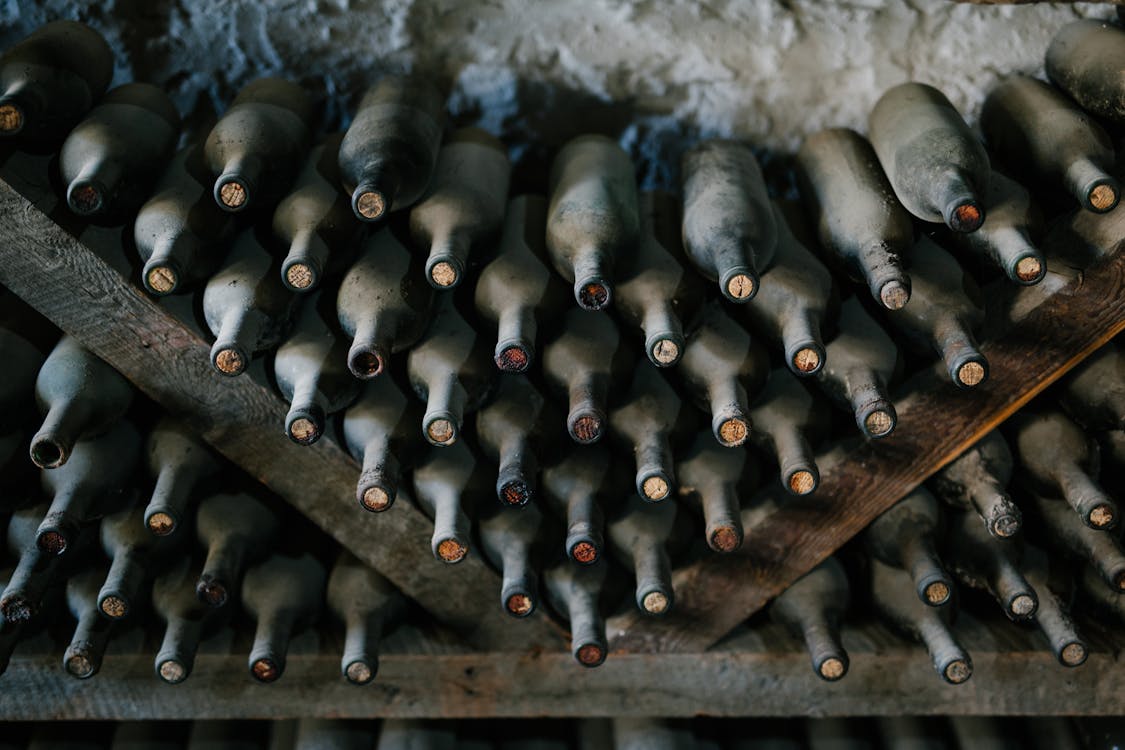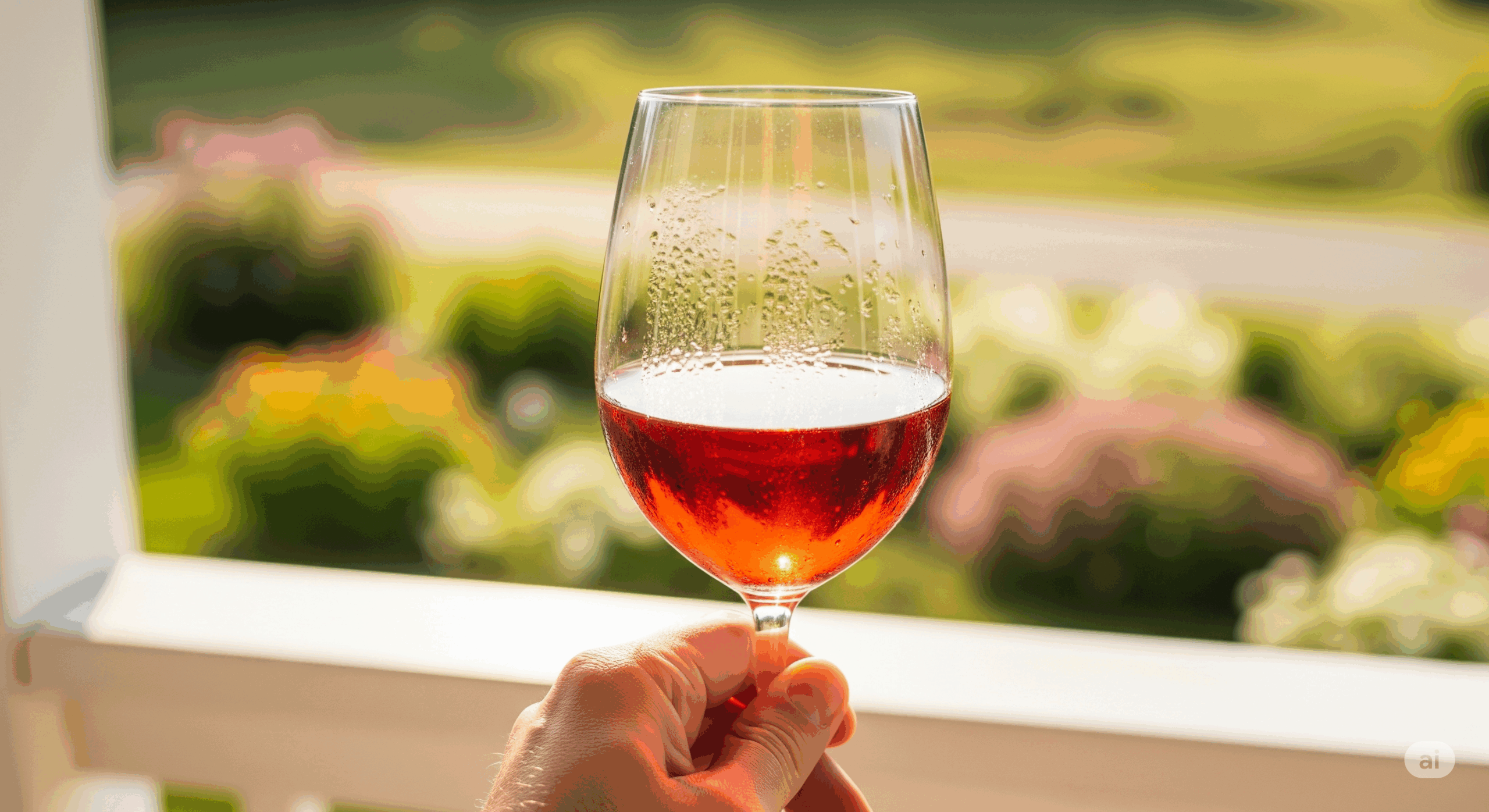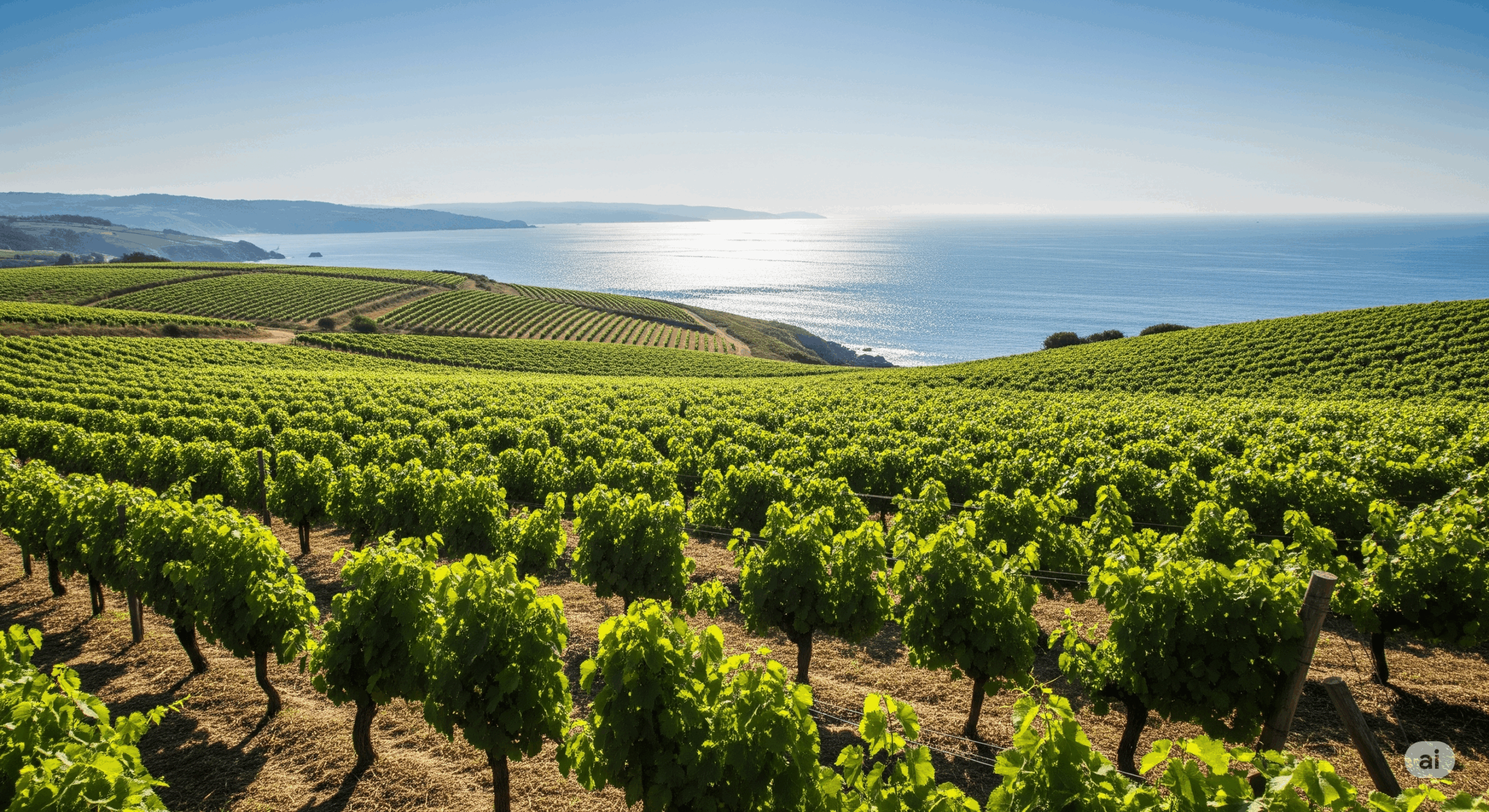Wine cellars are becoming more popular among North Americans and for those with red wine collections, the allure of a home wine cellar is undeniable. However, navigating the world of wine cellar cooling can be daunting.
Before selecting a cooling system for your wine cellar, it’s imperative to consider certain key factors and be aware of all the options available on the market. By understanding these elements, you’ll be properly equipped to choose the ideal cooling solution for your prized red wines.
Why Choose the Type of Wine Cellar Cooling Unit Best Suited to the Needs of Red Wines
Choosing a wine cellar cooling unit can be difficult, especially if you wish to store a red wine collection. Red wines require a specific set of storage conditions to fully develop their flavors and aromas.
Temperature and humidity control are essential, as fluctuations can affect the wine’s characteristics over time. Proper airflow and insulation are also necessary to maintain stable storage conditions, which are vital to prevent wine deterioration. Therefore, red wines stored for longer than a year should be kept at a temperature of 55 °F (12 °C). Additionally, the humidity level in your wine cellar should be between 60% to 80% to ensure optimal wine maturation.
Red wine aging as a whole is a complex and delicate process. Which is why investing time and effort in selecting the right cooling solution will prove worthwhile in the long run. It will protect your wine collection and allow it to mature gracefully over time.
Understanding the Strengths and Weaknesses of Each Type of Wine Cellar Cooling Systems
Self-Contained Cooling Units
These cooling units are highly versatile, as they can be mounted through one of the walls of the wine cellar. Their self-contained design combines cooling and ventilation functions seamlessly.
Pros of Self-Contained Systems
- Easy–to-install single-unit design: Installing the unit is simple, as all components are integrated into one.
- Affordable cooling system option: Self-contained systems are a budget-friendly alternative for regulating the climate in wine cellars.
- Simple thermostat: These systems are typically equipped with a thermostat control. It allows users to effortlessly set the desired storage temperature and humidity levels within the wine cellar.
Cons of Self-Contained Cellar Units
- Poor storage temperature stability: Self-contained wine cooling systems do not excel in maintaining constant temperature ranges. Placing bottles near the cooling unit can cause thermal shock due to intermittent system operation.
- Generates greater noise: Their compact design may lead to increased noise levels, which is unwelcome in restaurants or at home. It is preferable to keep them away from bedrooms.
- Occupies space within the cellar: The self-contained unit takes up space within the cellar. As a result, there is less space available in your wine cellar for storing bottles.
Ducted Cooling Systems
This refrigeration option is well suited for large wine storage spaces. It also keeps noise and heat away from the delicate cellar environment. This is possible because cool air is delivered via ducts installed through walls, ceilings or floors. These cooling units can be self-contained or split.
Pros of Ducted Systems
- Temperature stability control: Ducted systems offer the advantage of maintaining consistent temperature and humidity levels across the entire space. This ensures every corner of the cellar receives adequate cooling.
- Easily hidden equipment: Concealing the evaporator unit away from the cellar creates a visually appealing environment, devoid of visible cooling equipment.
- Reduced noise: Ducted systems are typically quieter since the noisy components are put away.
Cons of Self-Contained Cellar Units
- Duct maintenance: Regular maintenance of the ductwork is necessary to keep these systems running at peak performance. Dust, debris, and mold can accumulate in ducts over time, affecting air quality.
- Greater space needed for installation: Installing ductwork requires space, which is not always available in all buildings. This can also pose a problem in smaller spaces.
- Higher initial cost: Ducted systems usually have a higher upfront cost compared to other cooling options. This is because the total cost includes both the unit and the installation of the ductwork.
Split System Cooling Units
Split systems have two units : an evaporator unit located inside the cellar and a condenser unit installed outside. This type of cooling system owes its name to its separate components, connected by refrigerant lines.
Pros of Split Systems
- Flexible installation: Split systems provide great installation flexibility. They allow users to position the indoor unit within the conditioned space, while the condenser unit remains outside.
- Low noise: Split systems are one of the quieter types of cooling systems, since the compressor and fan are placed outdoors.
- Energy efficient: Split systems are more energy-efficient than other options. This makes them a popular option for both residential and commercial uses.
Cons of Split Cellar Units
- Professional installation required: Split systems usually need professional installation. Especially when it comes to connecting the indoor and outdoor units to the refrigerant lines.
- Higher initial cost: Acquiring and installing a split system comes with a higher initial cost. In part due to the need for professional installation, which adds to the overall expense.
The Best Wine Cooling Solution
Every cooling solution has its pros and cons. For wine aging lovers, there’s a modern cooling system that excels in all areas : The Cube by The Wine Square. Available in two models, the Cube LT and the Cube O , this technology seamlessly combines style and efficiency.
The Cube LT is a stunning wine cellar cooling solution that uses water cooling technology. With its three distinct modules, installation is effortless, adapting easily to various building types. The water loop cooling technology also protects bottles from thermal shocks and air drying by creating a highly controlled environment.
On the other hand, the technology found in the Cube O rivals that of medical laboratory devices. It can maintain precise temperatures for aging red wines. It also provides convenient temperature control of your wine cellar at all times. All this while its integrated electronic system ensures quiet operation.
No matter what your priorities are, there’s a cooling solution designed for your red wine collection. However, for optimal wine storage, talking to an expert can help you find the best technology for your needs. They will be able to assess your specific cellar environment and recommend the most effective and appropriate cooling technology. With their knowledge, you can be sure your collection will be well protected as it ages.
Did you like this content? If you did, let us know and share it with your friends.
This page contains affiliate links. We receive a small compensation when you purchase through affiliate links. While clicking these links won’t cost you a cent, it will help us keep the lights on and buy more wine. To find out more, click here.






